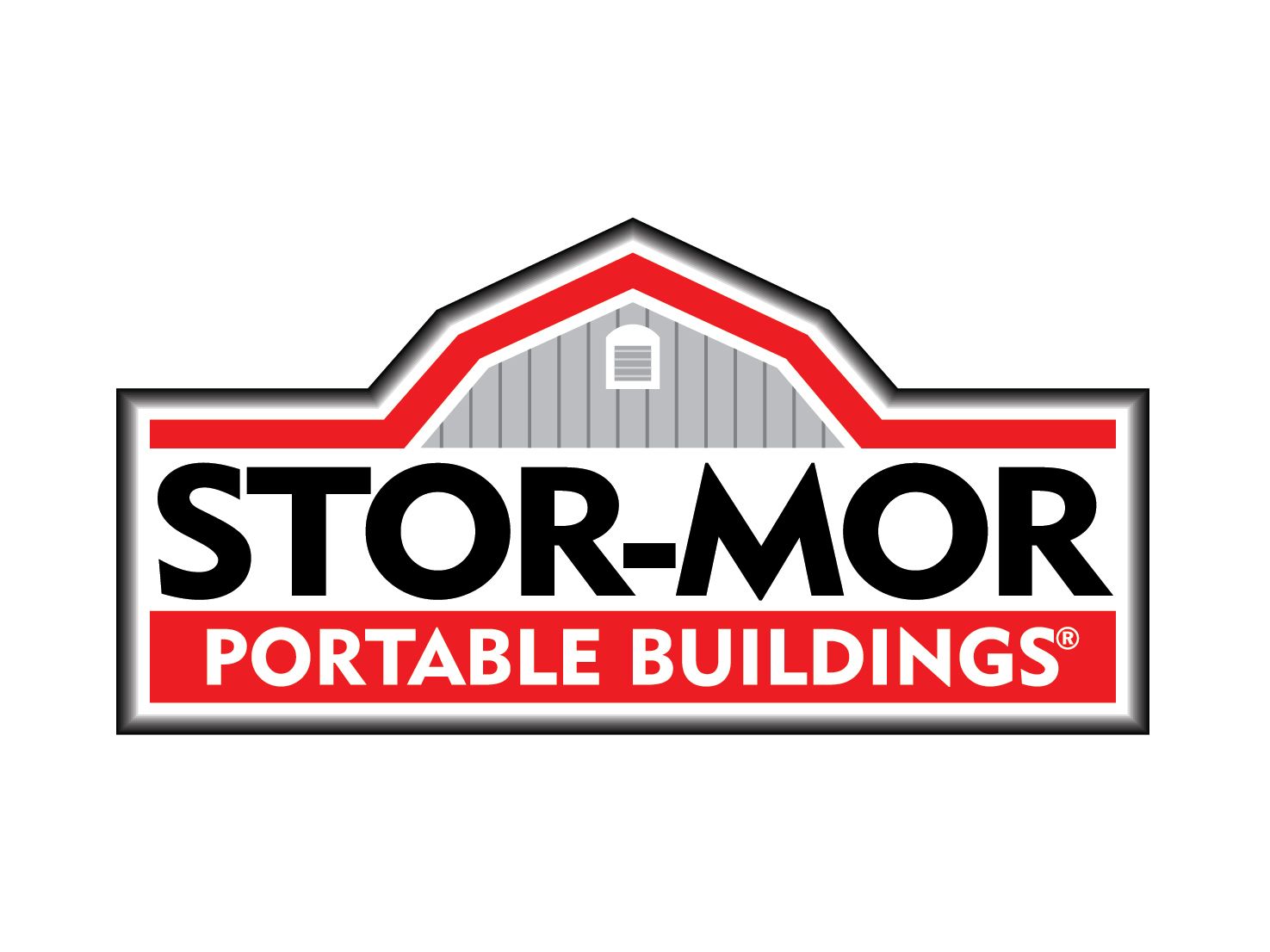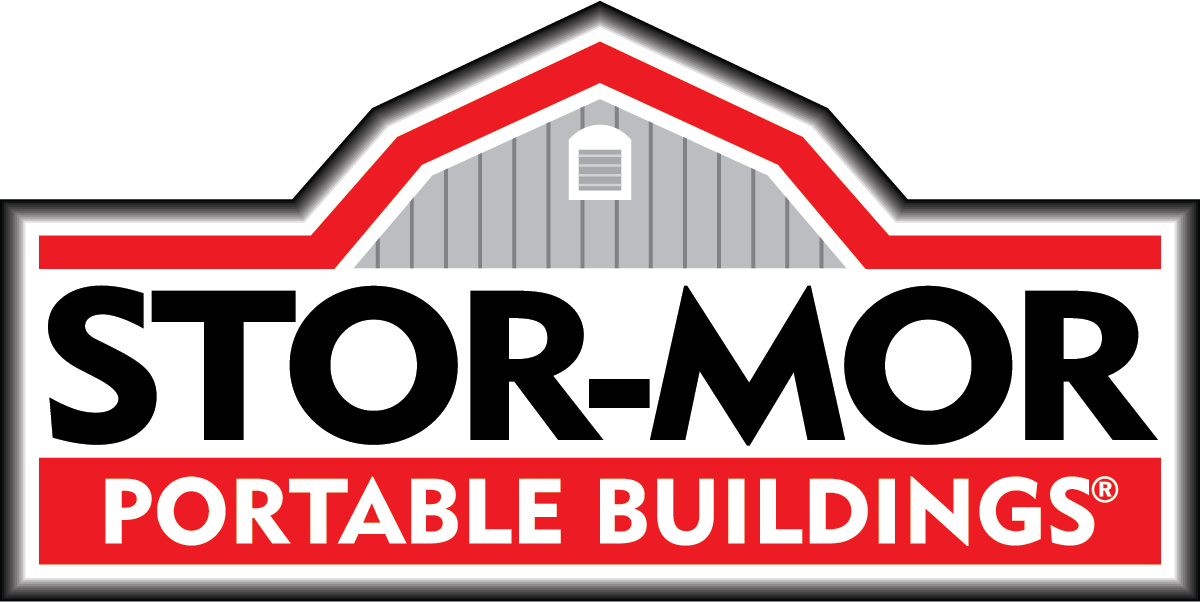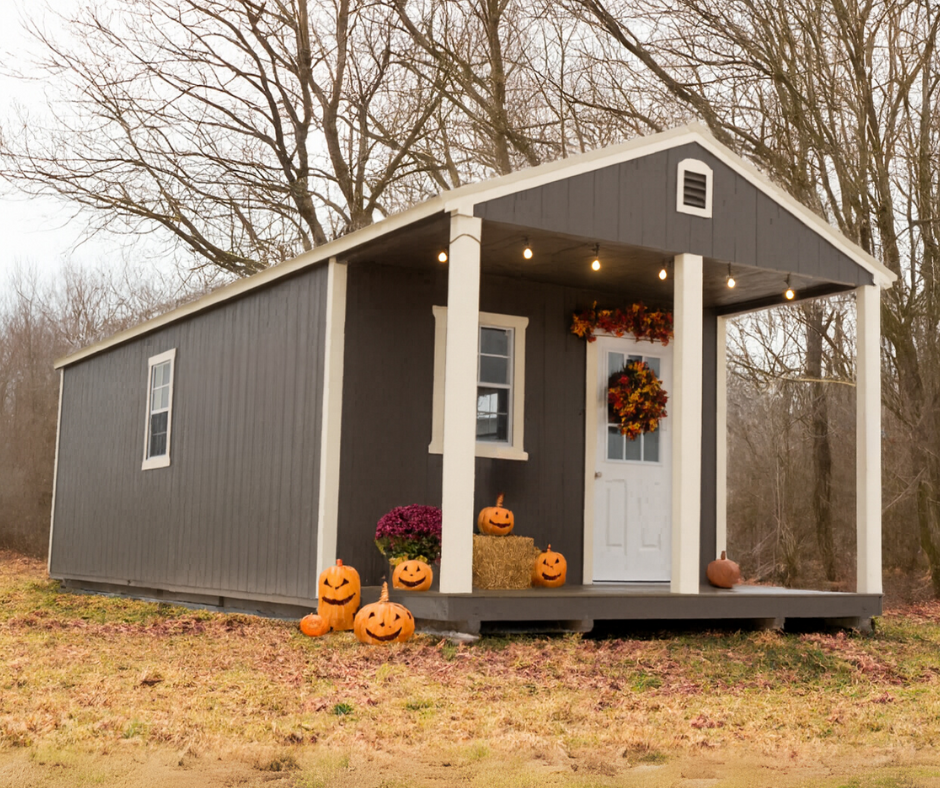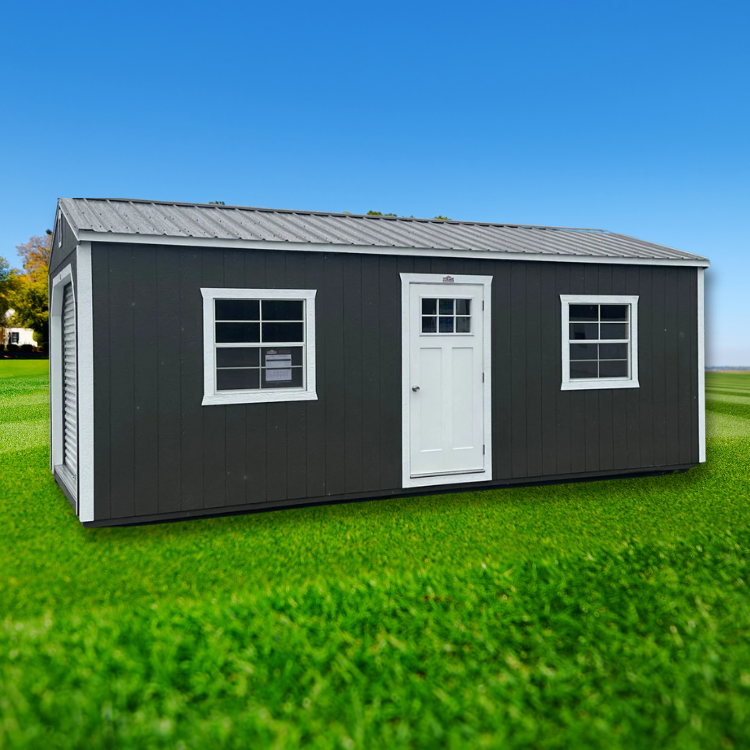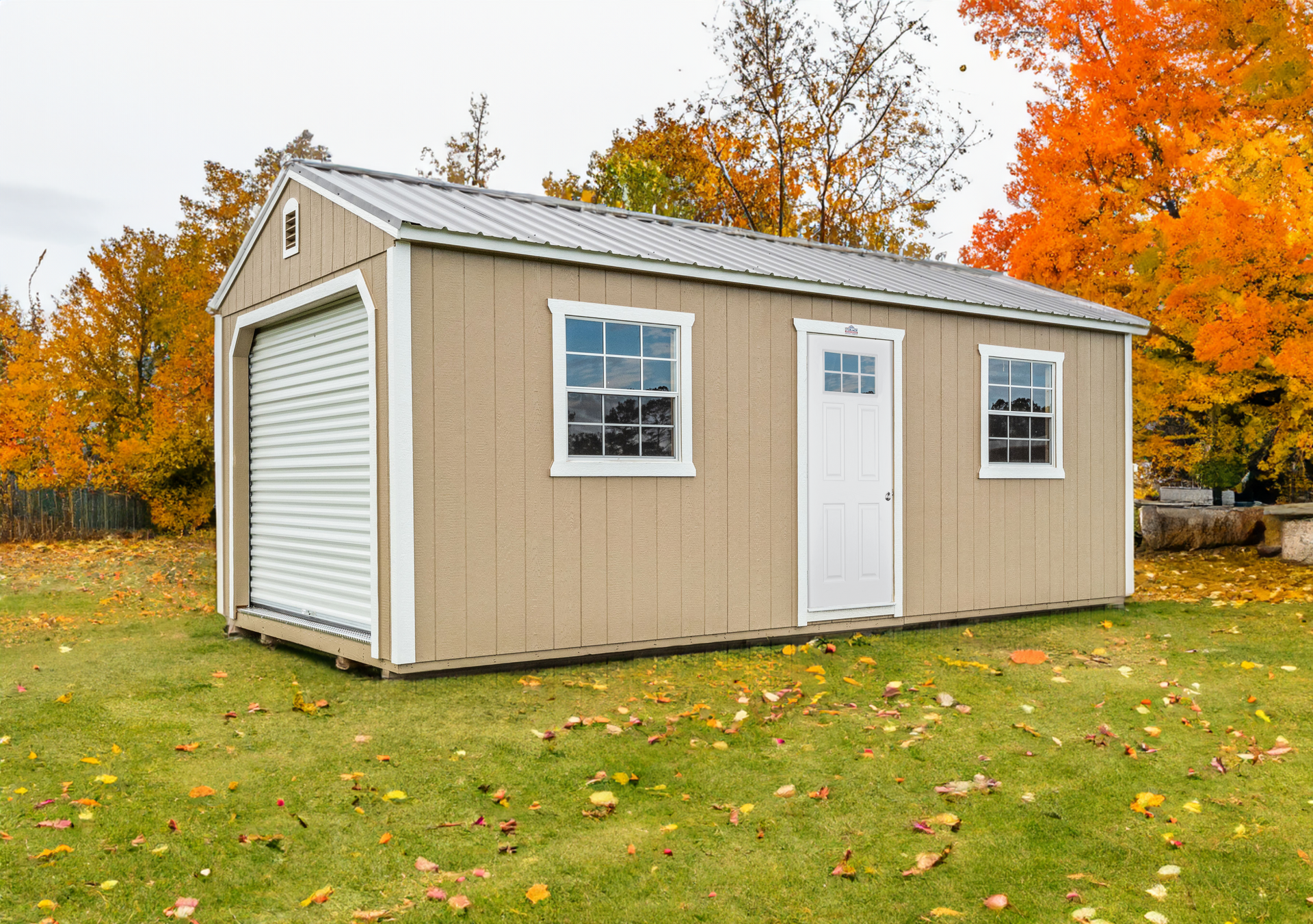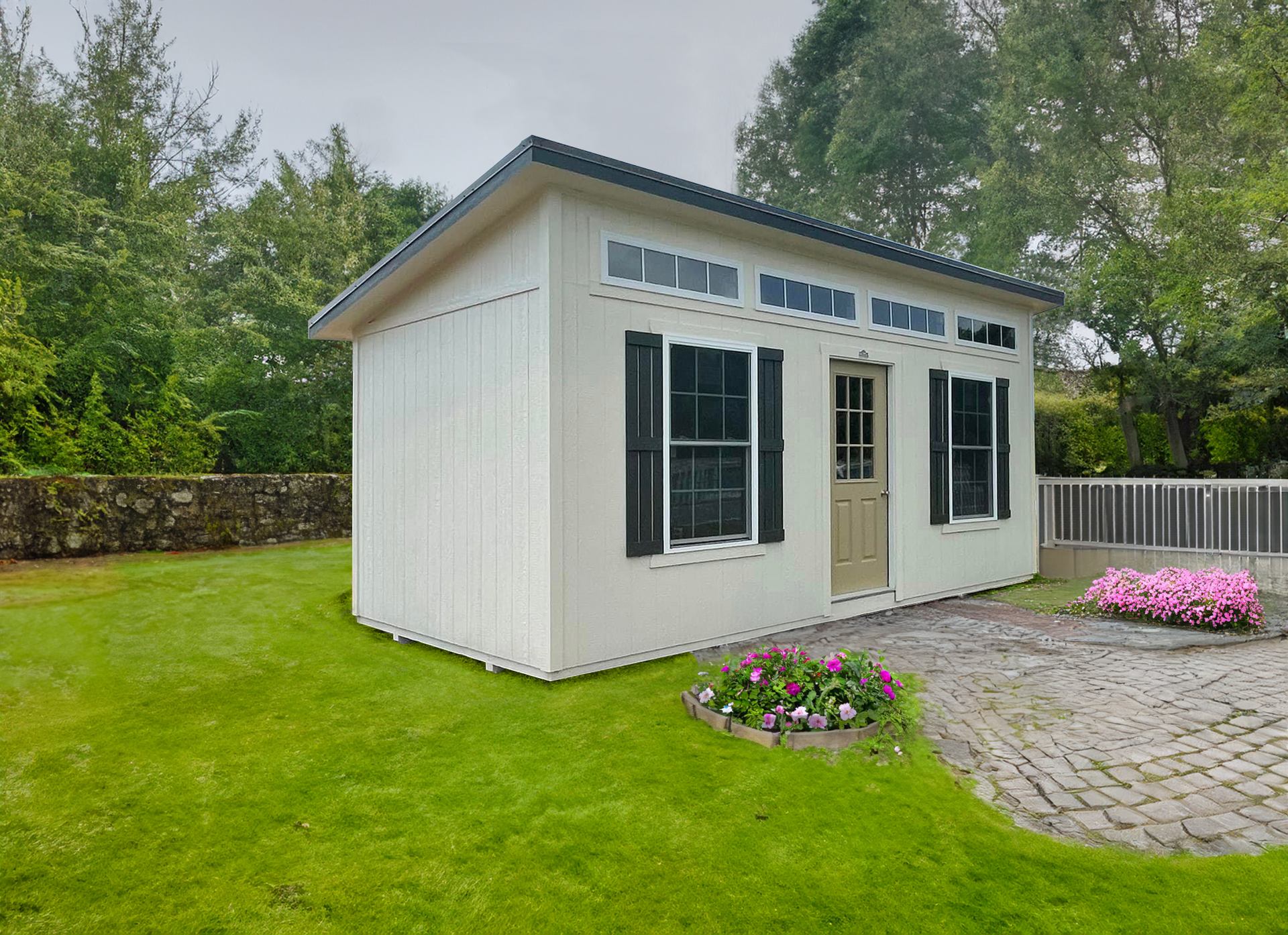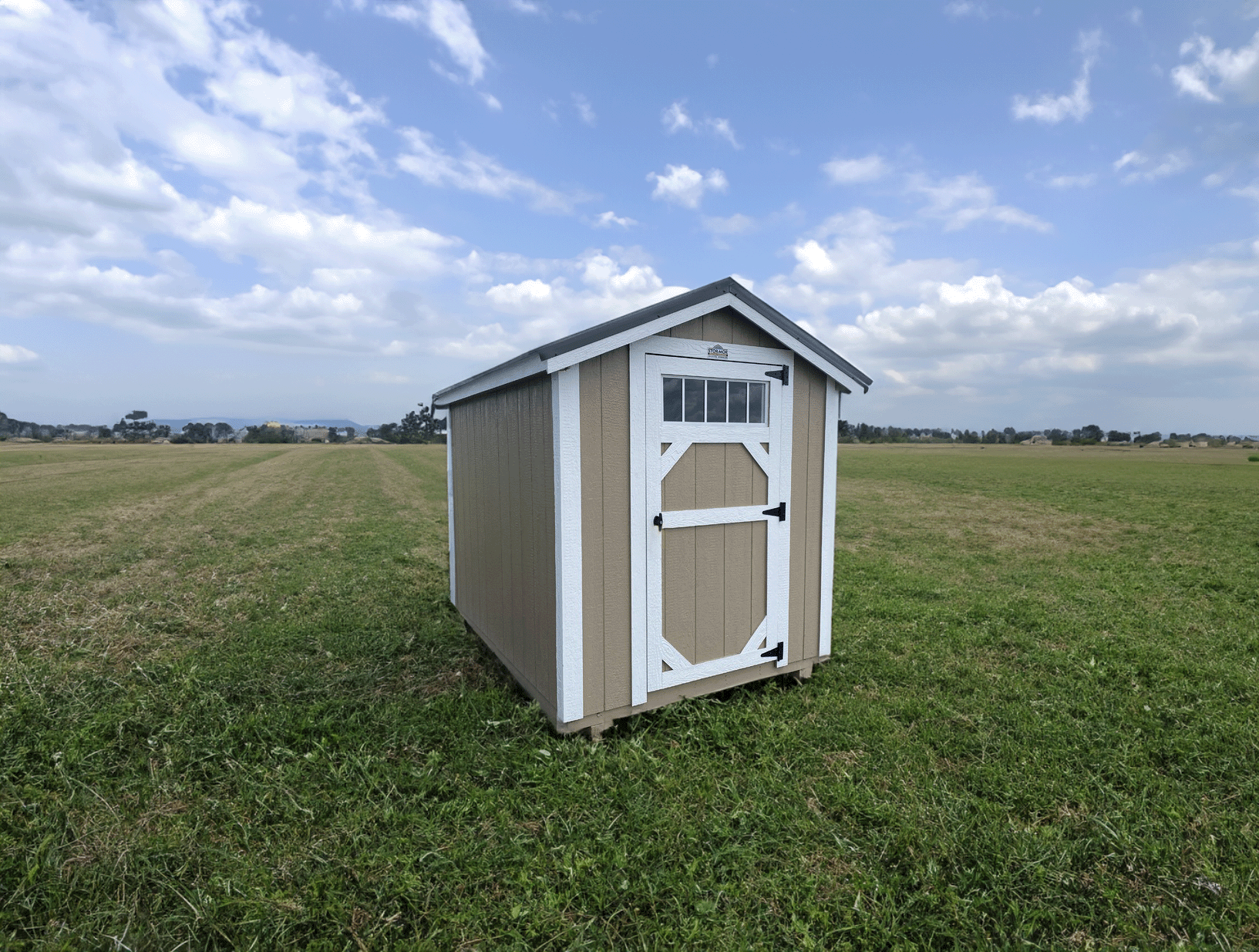The Surprising Way to Strengthen Your Shed
May 14, 2025
The Surprising Way to Strengthen Your Shed (Hint: It's Not Nails or Hammers)
When you think about reinforcing your shed, your mind probably jumps to hammers, nails, braces, or maybe even concrete anchors. But what if we told you that one of the strongest ways to fortify your shed doesn’t involve any tools at all?
The secret? Closed cell spray foam insulation. Yes — insulation.
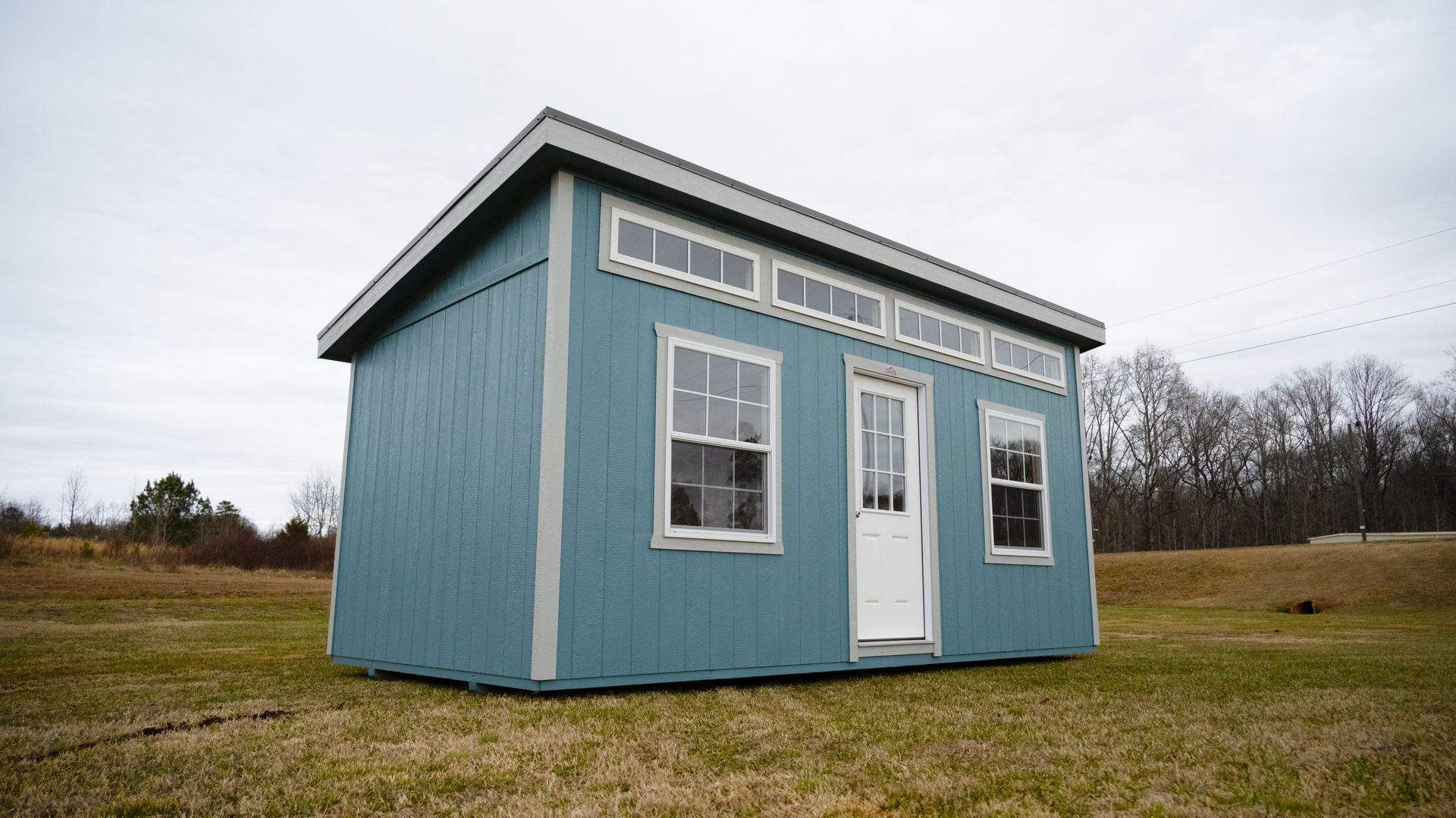
Let’s explore why this material is a game-changer, not just for temperature control, but also for structural strength.
👉 Want to see how it works? Watch this quick breakdown
to see the science (and surprising strength) in action.
📘 Quick Primer: What Is R-Value?
Before diving into insulation types, let’s break down the buzzword you'll hear a lot: R-value.
R-value measures how well a material resists the flow of heat — in other words, it tells you how good something is at insulating. It’s measured per inch, and the higher the number, the better the insulation. For example, an R-value of 1 isn’t very strong, while 7 is excellent.
Think of it like SPF for your shed — higher R-value means better protection from the outside elements.
❄️ First, What’s R-Value Got to Do With It?
You might be thinking: “Cool, but what does heat resistance have to do with making my shed stronger?”
That’s the surprising part — not all insulation is created equal, and the best one does more than keep things warm. The type of insulation you choose can actually
impact the structure and stability of your building, not just its comfort.
🧱 The Three Main Insulation Types (And Why Only One Truly Strengthens)
1. Bubble Wrap (Radiant Barrier)
Often marketed as an affordable, easy-to-install solution, bubble wrap (or EcoFoil) relies on reflecting radiant heat. It’s best used in tightly controlled environments like HVAC ducts or under floors — not so much for full sheds. It also has one of the lowest R-values (around 1.1 per inch) and poses fire risks near electrical outlets due to its metallic makeup.
🛑 Verdict: Cheap, but not structurally helpful.
2. Open Cell Spray Foam
A step up from bubble wrap, this type of foam expands significantly, uses less material, and is budget-friendly. But it’s still lacking with a moderate R-value (around 3 to 3.5 per inch) and a porous nature that allows moisture intrusion, making it susceptible to mold.
🟡 Verdict: Better, but not ideal for structural support.
3. Closed Cell Spray Foam – The MVP
Now here’s where things get interesting. Closed cell foam has an R-value of 6.5 to 7 per inch, making it an exceptional insulator. But its benefits go far beyond that:
- ✅ Structural Rigidity: When applied, it hardens into a dense, durable layer that physically adds strength to your walls, helping them resist flexing — especially important in metal buildings exposed to high winds.
- ✅ Flood Resistance: It’s one of the few insulations recognized by FEMA as flood-resistant. It repels water and won’t break down when exposed to moisture.
- ✅ Long-Term Stability: Closed cell foam holds up over time without sagging or shifting, maintaining both thermal and physical performance.
🟢
Verdict:
Insulation that actually strengthens your shed.
🏢 Why Stor-Mor Chooses Closed Cell Foam
At Stor-Mor Portable Buildings, we’ve seen the difference. While some competitors cut corners by using radiant barriers or open cell foam, we only use
closed cell spray foam when you opt to insulate your shed. It’s not just about insulation — it’s about investing in
durability, peace of mind, and long-term protection.
🎯 Final Thoughts: Strength in the Unseen
Reinforcing your shed doesn’t always mean adding more hardware. Sometimes, the smartest solutions are the ones you don’t see — like the insulation tucked behind the walls. With closed cell spray foam, you get superior insulation and a sturdier shed in one step.
💬 Ready to see what’s possible? Custom build your shed with premium insulation now using our ShedView tool — it’s fast, easy, and powerful.

